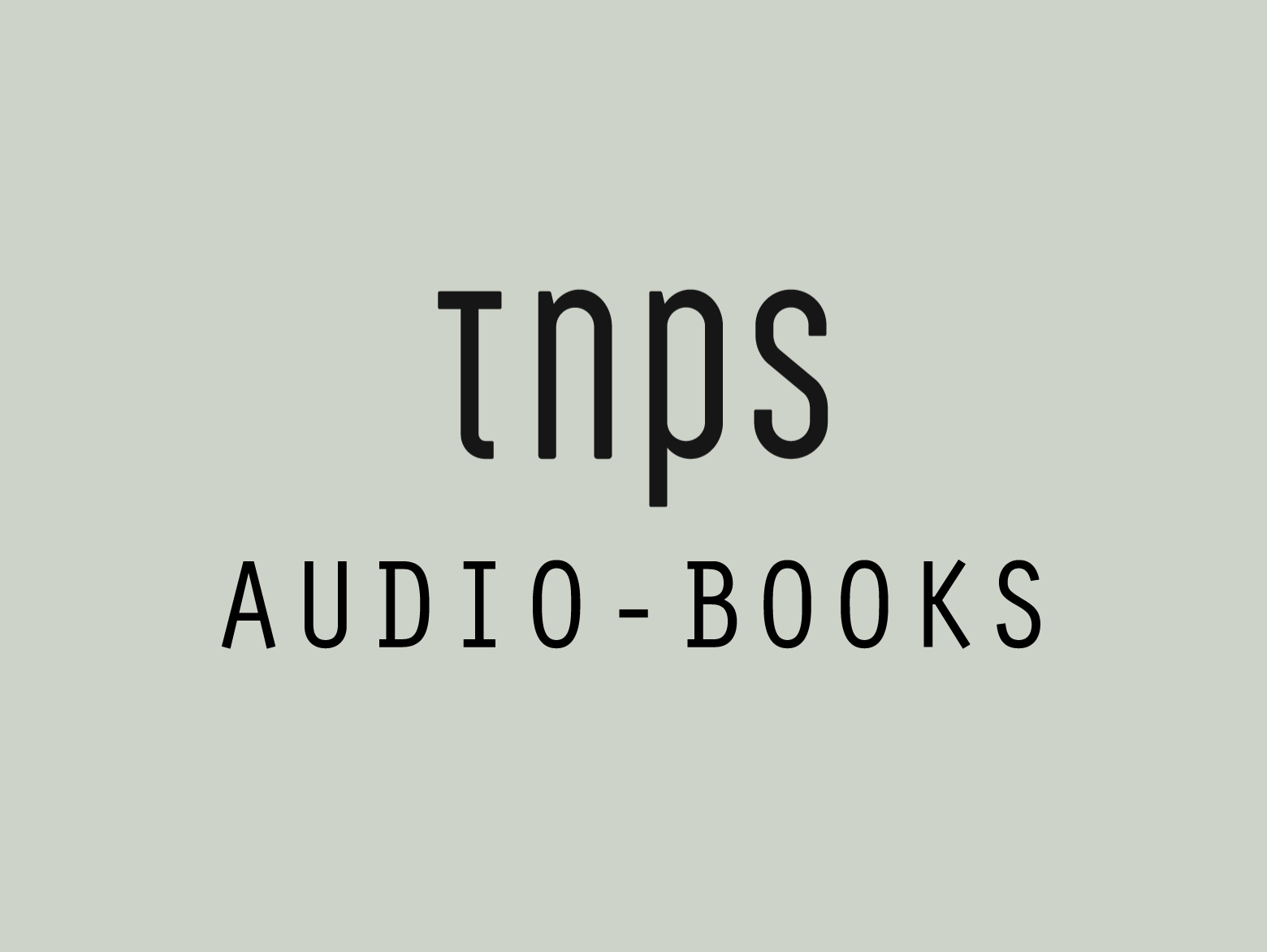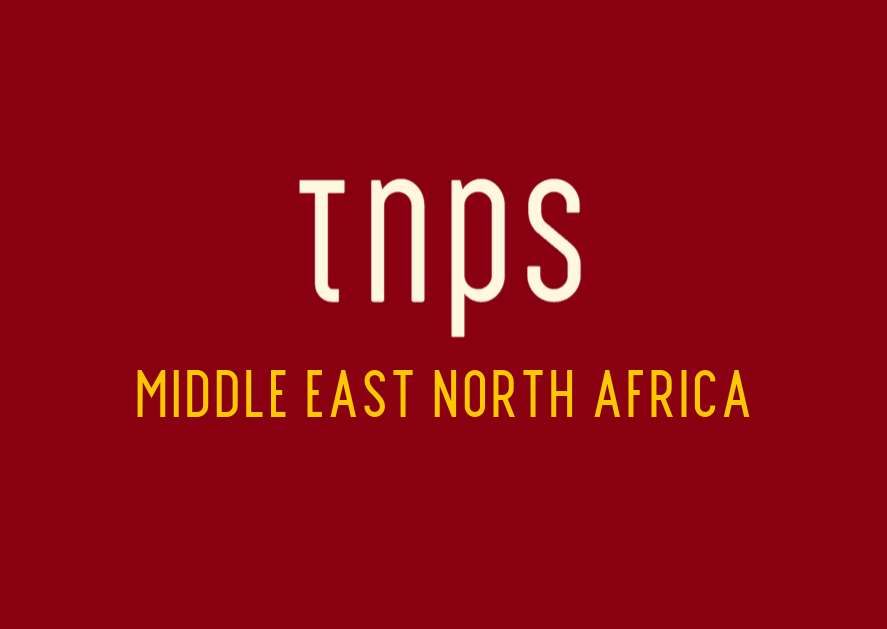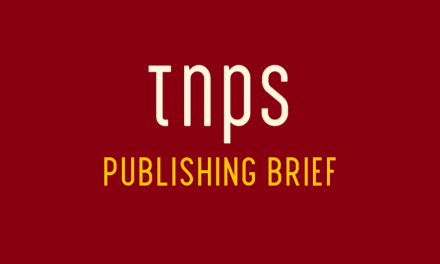OverDrive launched its new quarterly Perspectives on Reading e-magazine this week, and among its “unique insights” was an article on audiobook growth from OverDrive’s own data.
Back in 2013 OverDrive crossed the 100 million downloads benchmark, reporting 79 million ebook checkouts and 22.9 million for audiobooks.
For 2017 OverDrive clocked 225 million downloads, comprising 155 million ebooks and 68 million audiobook downloads.
OverDrive hasn’t issued any updates for how ebooks are progressing this year, but in its Perspectives on Reading post on audiobooks Adam Sockel offers some numbers for audiobooks.
In 2016, says Sockel in an infographic, audiobook downloads through OverDrive averaged 150,606 each day. In 2017 the daily downloads had risen to 187,607.
And so far this year, 2018, daily downloads of audiobooks from OverDrive are averaging 220,116, putting OverDrive on target to clear 80 million audiobook downloads by year’s end.
OverDrive, while the biggest, is by no means the only audiobook player in the library sector.
Yet as I explored here last month, none of this fast-growing reach of audiobooks in the US market is being monitored by Data Guy’s BookSat / Author Earnings Reports. In January Data Guy valued the US audiobook market at just over $650 million. Last month the APA put the value at $2.5 billion.
Put simply, Data Guy has no way of measuring library purchases and downloads and therefore just ignores them.
Does it matter? Consider this:
In the February 2017 Author Earnings Report Data Guy stated the US audiobook total sales for 2016 to be around 50 million.
Downloads from libraries as ever are completely ignored by Data Guy, but a glance at OverDrive’s infographic shows OverDrive was clocking 150,616 audiobook downloads a day in 2016. That’s 55 million audiobook downloads from OverDrive in 2016 that simply don’t exist in the Author Earnings Report.
Library downloads do not of course equate one-to-one as sales, but the important thing here is that libraries are licencing digital audio from publishers and will be paying higher than regular prices for a limited number of downloads per title.
Only the publisher and OverDrive knows how the money is shared, and how much that money totals. But rather than acknowledge this fact Data Guy just ignores digital libraries entirely when assessing the US digital book market.
As I said last month,
This warps both the unit and dollar valuations of the US market, gives us a faux view of the balance of power between traditional and non-traditional publishers in the digital publishing sector, creates a faux impression of Amazon’s true market share, and leads small publishers and authors to conclude digital libraries have nothing to offer.
I raise that again here because OverDrive have this week so kindly spelled out their numbers for 2016, allowing a an unequivocal comparison between the numbers Data Guy chooses to include and those he chooses to ignore.
Hereon, let’s return the focus to OverDrive.
Says OverDrive’s Sockel,
Audiobook usage has seen significant growth over the last half decade. In addition to more audiobooks being produced each year, digitization has also contributed to this increase. Digital enhances the convenience for readers, as a large portion of audiobook usage occurs during periods of travel and activity. The proliferation of digital audiobook availability through libraries is another contributing factor to this hike in listening.
Michelle Cobb, publisher of AudioFile Magazine and executive director of the Audio Publishers Association (APA) said,
We continue to be excited by the growth of available content and how devices like the smartphone and smart speaker are bringing new listeners to the joys of audiobooks.
The smartspeaker is perhaps the most significant new contribution to the rise in audiobook consumption.
Although only 19% of respondents say they are using smart devices right now, 71% say they are listening to audio at home compared to in a vehicle (58%).
In both instances audio is taking consumer time away from radio, the default background listening option, and as smartspeakers proliferate, eliminating the need to carry a smartphone or tablet about, or to be encumbered with earphones, so smartspeaker engagement with audiobooks will rise and so audiobook consumption will rise.
Audiobooks also of course appeal to those who for whatever reason find regular reading challenging
Research shows that young readers can consume an audiobook that’s two years beyond what they can read with their eyes. It helps them understand context, vocabulary and pronunciation, which, of course, could be potentially critical in (overcoming) the challenges of some who have reading disabilities.
And while Michelle Cobb’s observations are aimed at the US market, the global implications are worth considering.
Right now audiobooks are simply too expensive to make much impact in the nascent markets. Storytel leads the way here, showing that by offering an all-you-can-eat menu at an affordable price consumers will come in their droves.
And, as Storytel is already showing with its venture into India and local Indian languages, this opens up untold possibilities to expand the reach of books to those for whom storytelling is an oral tradition.
Across Asia, Africa, Latin America and even in Europe and North America there are languages where text, even if digitally available, is of no value for people who have never been taught to read in their local languages, even though pretty much everyone has a smartphone.
As we enter the next decade so we enter the next stage of the Global New Renaissance, where literature will be available to everyone, everywhere, in formats convenient to the consumer, not what’s most convenient for the publisher.
Audio, along with ebooks, will be at the forefront of this renaissance, and they will drive one another.
I’ll end this post with the APA’s finding that audio listeners also consume an average of 15 print or ebooks each year.
Some of these audiobooks may be being consumed at the expense of text, but very few. As the OverDrive infographic shows, the top reason consumers opt for audiobooks is that they want listen to a book while doing other things. That is to say, they can listen to audiobooks at times when reading a print or ebook simply isn’t an option.
Audiobook growth is pretty much guaranteed for the foreseeable future, and once the challenging production costs come down, and as more and more local-language content comes into play, so audio – and especially streamed audio, because the pay per unit model is an anachronism in the digital age – will bloom globally.





Honestly at first I have no interest in trying an audiobook since I’m an old fashion bookworm, for me, it is easier to carry my books but after seeing your blog it caught my attention and made me curious. I read your post and realize that I may be the only one not using it already, but know I’m a big fan of an audiobook, it’s great since you can hear the books that you love in a more lively way and with more emotion! For those whose like me, I suggest try reading this post and try listening audiobook its a worth trying for.